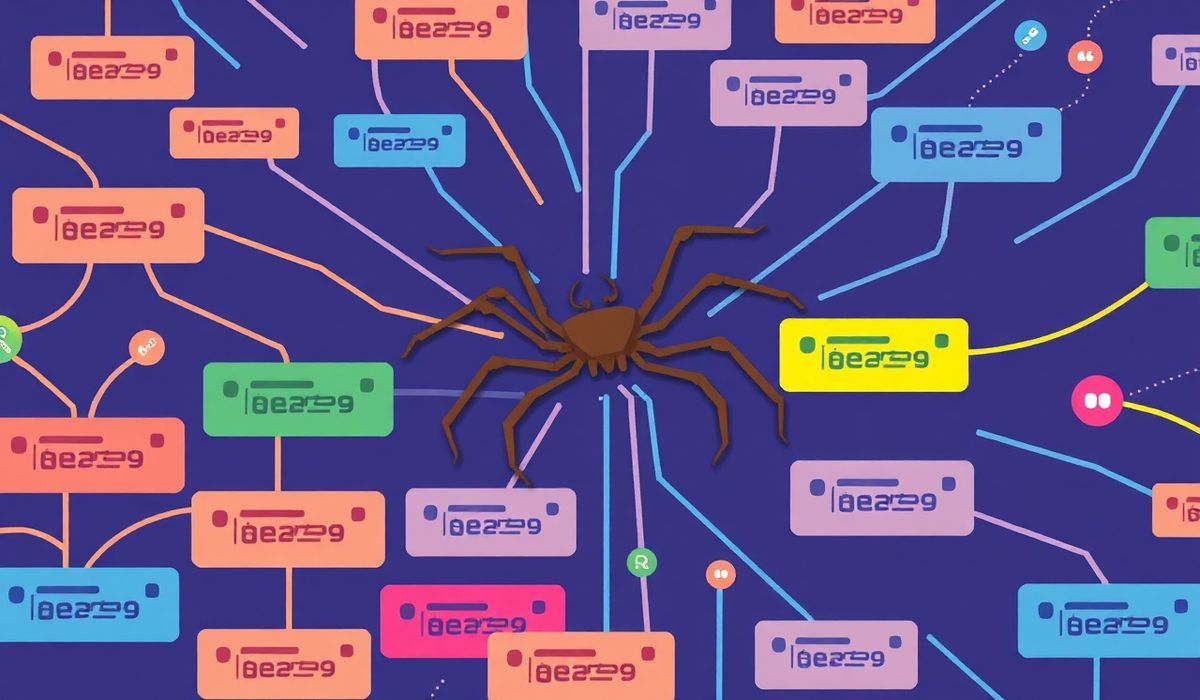GraphiQL is an in-browser IDE for working with GraphQL queries, designed to help developers create, test, and debug GraphQL queries quickly and efficiently. This tutorial will introduce you to GraphiQL, provide dozens of useful API explanations with code snippets, and even guide you through creating an app using the discussed APIs.
Getting Started with GraphiQL
GraphiQL is a great tool for exploring and testing GraphQL APIs. It provides a user-friendly interface where you can write and execute GraphQL queries, view the results, and explore the API schema.
Basic Query Example
Here’s how you can write a basic GraphQL query to fetch data:
{
user(id: "1") {
name
email
}
}
Mutation Example
GraphQL mutations allow you to modify data on the server. Below is a mutation to create a new user:
mutation {
createUser(input: { name: "John Doe", email: "john.doe@example.com" }) {
id
name
}
}
Variables in Queries
You can use variables to make your queries and mutations more dynamic:
query GetUser($userId: ID!) {
user(id: $userId) {
name
email
}
}
Using Fragments
Fragments allow you to reuse parts of your queries across different queries:
fragment userFields on User {
id
name
email
}
{
user(id: "1") {
...userFields
}
}
Example App
Let’s build a simple app using GraphQL and implement some of the APIs we’ve discussed:
Setting Up the Server
const { ApolloServer, gql } = require('apollo-server');
const typeDefs = gql`
type User {
id: ID!
name: String!
email: String!
}
type Query {
user(id: ID!): User
}
input CreateUserInput {
name: String!
email: String!
}
type Mutation {
createUser(input: CreateUserInput!): User
}
`;
const resolvers = {
Query: {
user: (parent, args, context, info) => {
// Fetch user by id from database
}
},
Mutation: {
createUser: (parent, args, context, info) => {
// Create a new user in the database
}
}
};
const server = new ApolloServer({ typeDefs, resolvers });
server.listen().then(({ url }) => {
console.log(`🚀 Server ready at ${url}`);
});
Exploring the API with GraphiQL
Once you have your server running, open GraphiQL and use the earlier examples to interact with your API. For instance, you can create a new user and then retrieve the user’s details using the queries and mutations shown above.
In conclusion, GraphiQL provides a powerful environment for developing, testing, and debugging GraphQL queries and mutations. By mastering GraphiQL and understanding these API examples, you can significantly enhance your development workflow and create robust GraphQL applications.
Hash: 319f70c56e88fd08998d8570fd85e9c24a1b4c284fcfdc340dccafe52e5fdce1



